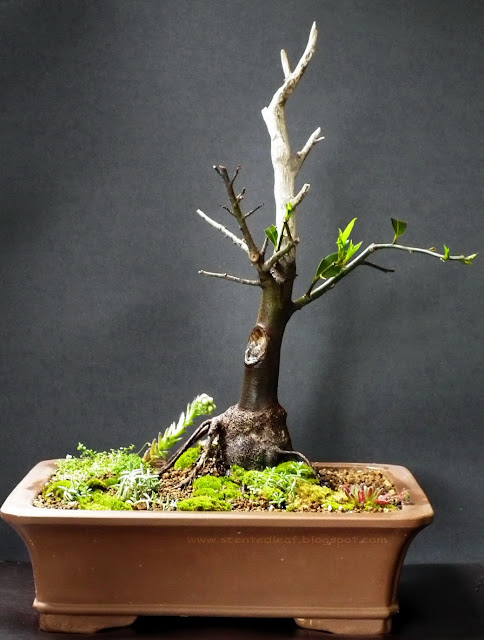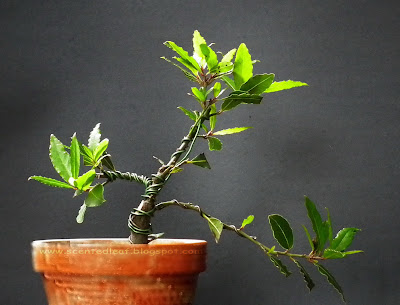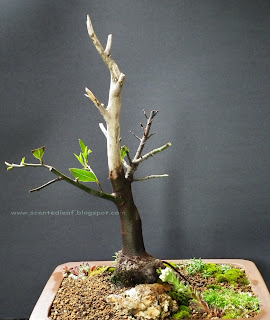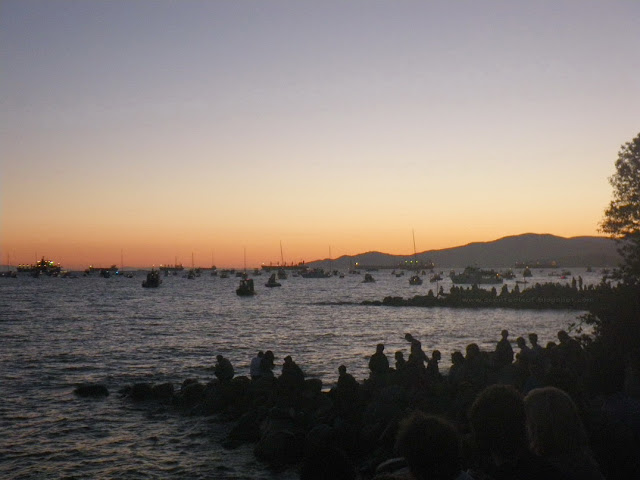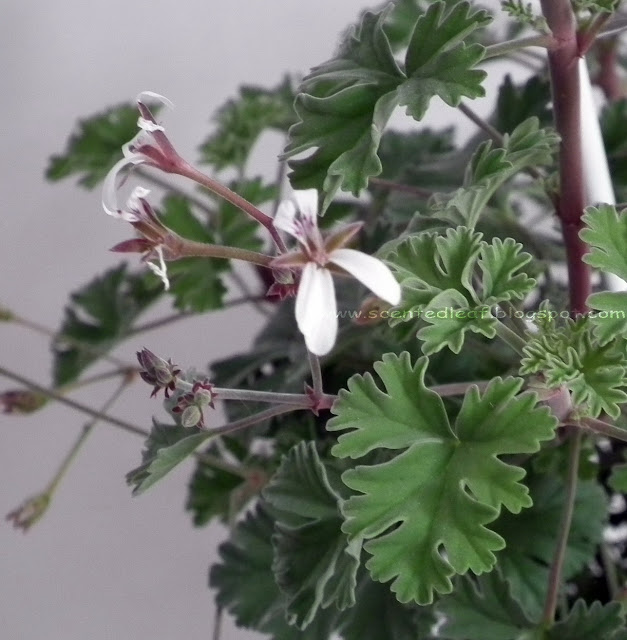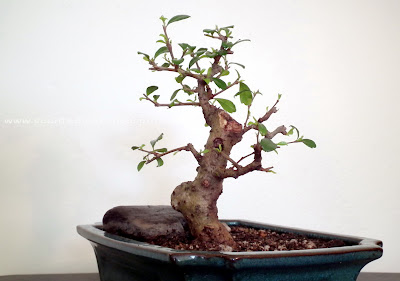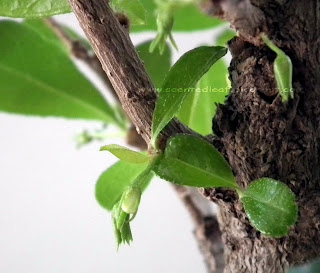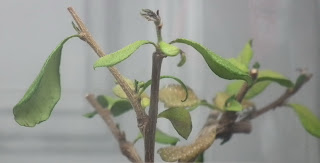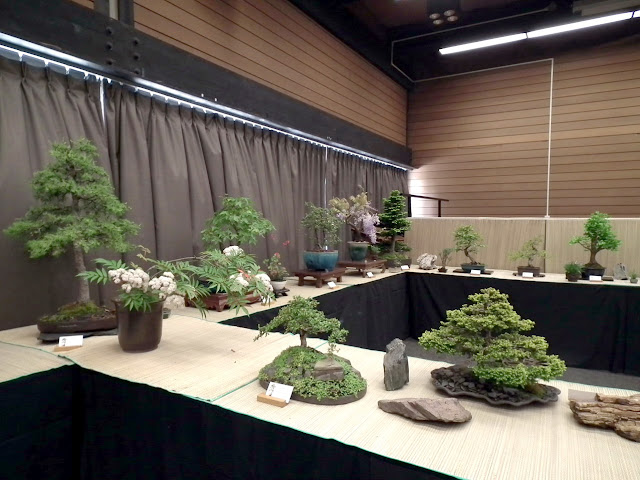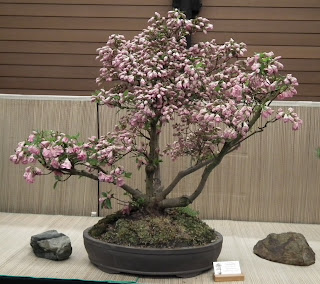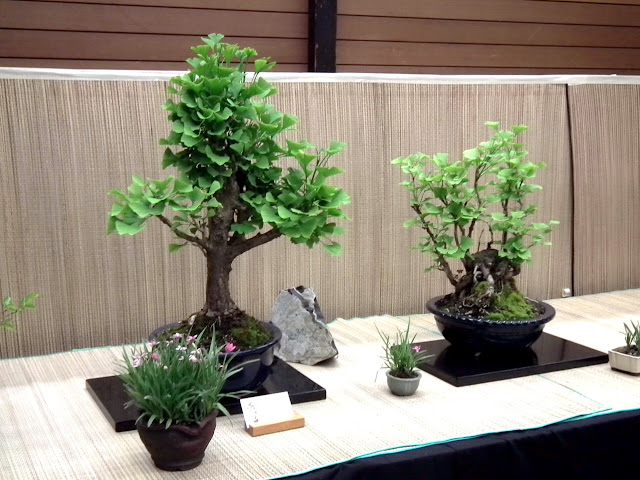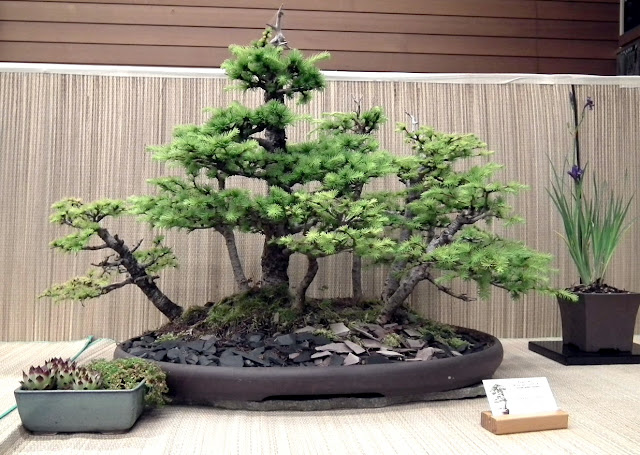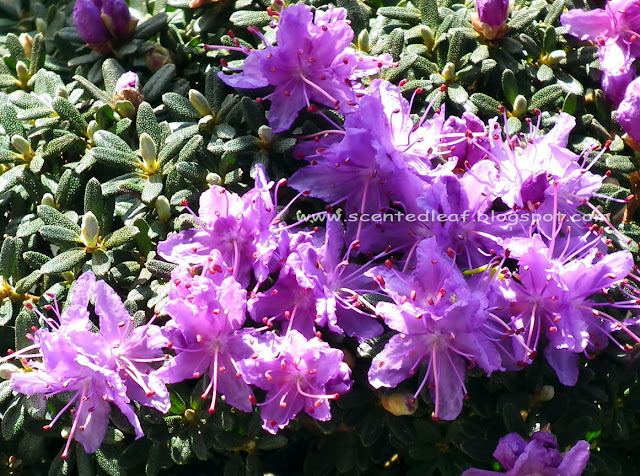Why not! I've told you long time before : My passion to grow bonsai trees has determined me to continue my project to make a bay laurel (Laurus Nobilis) bonsai. My laurel is special to me because it is a tree which stays green no matter what weather is: if is rainy climate (like in Vancouver); if is grown in the sunny days of the Mediterranean climate (like in my native country), or if is kept indoor for winter months.
And its aromatic edible leaves are a mix of highly fragrant and spice notes of cinnamon, cloves, nutmeg, lemon and vanilla which I love to use in my recipes.
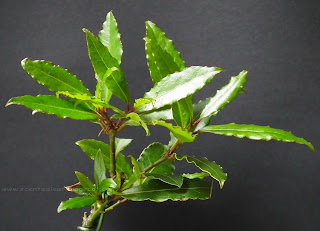
At these, I added the tradition: it is the symbol of prosperity, creativity, determination and triumph over life adversities since ancient times, being one of the most present trees in classical mythology; the therapeutic properties: antiseptic, to stimulate healing, to reduce pain in muscle spasms and migraine; and it was a very pleasant scented companion in all my life that followed me wherever I went.
The little Bay Laurel bonsai will be kept for a while in the terracotta pot in which was planted after it was air layered from the big ones. It is still under special carrying - to be sure that the new plant grows properly... After it developed a quite dense group of new leaves, we wired its branches into position and we will maintain the wires one months - just to train it for a little bit ;-)
The big Bay Laurel (Laurus Nobilis) bonsai evolved and in spring was re-potted in a bonsai pot which complements the trunk form and is a suitable size and shape. When we dug up, we trimmed its roots and carved a little bit its trunk.
Last year, after we layered the Bay laurel clone, we changed its shape and carved an uro in the the point from where was detached the new bay laurel tree.
 |
| Bay Laurel air-layered in autumn 2010 |
In spring, when the warmer days began, the top branches were pruned off to reduce its height and we treated the jin with diluted Lime Sulfur against scale, black-spots and rust.

We decided to let the branches that start at roughly one-third of trunk height and smooth shaped the ugly scars from the trunk. Actually a large part of the tree was deadwood (bark stripping) to shape it in "Sharimiki" / driftwood bonsai style. Then, we pruned its old large foliage to obtain a smaller crop of new leaves.
Every time when I'm looking at the result, I'm still thinking if this tree was eaten by animals or just ravaged by the unexpected early winter frost ;-)
